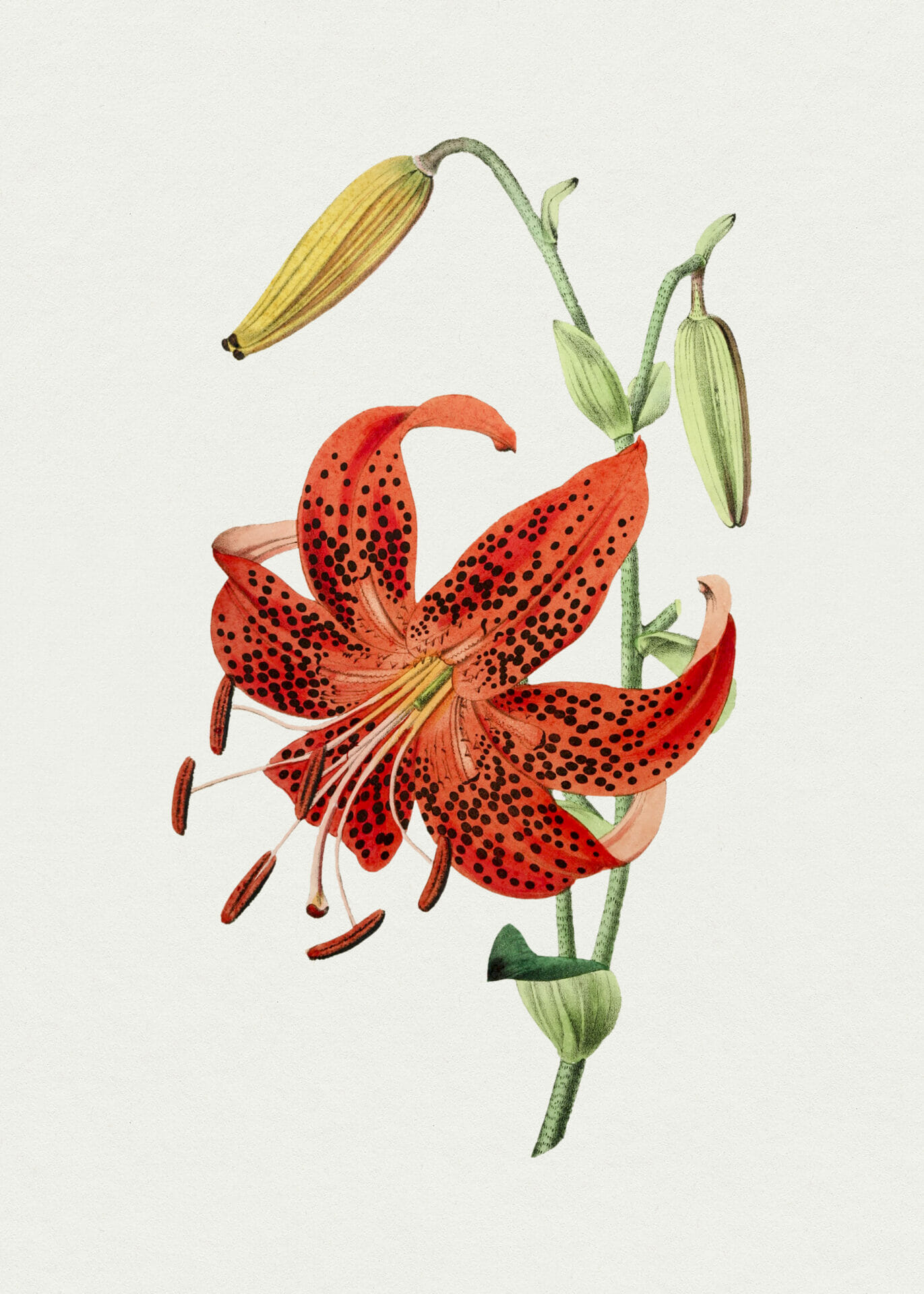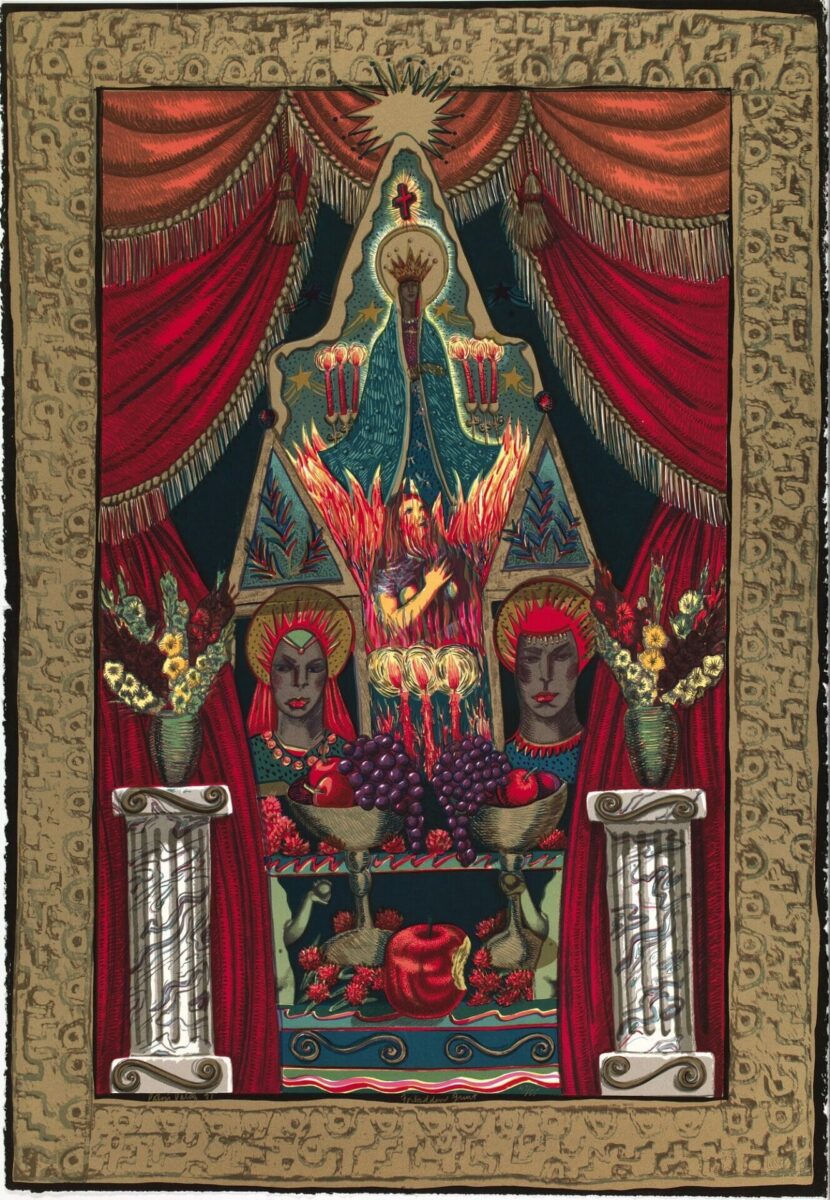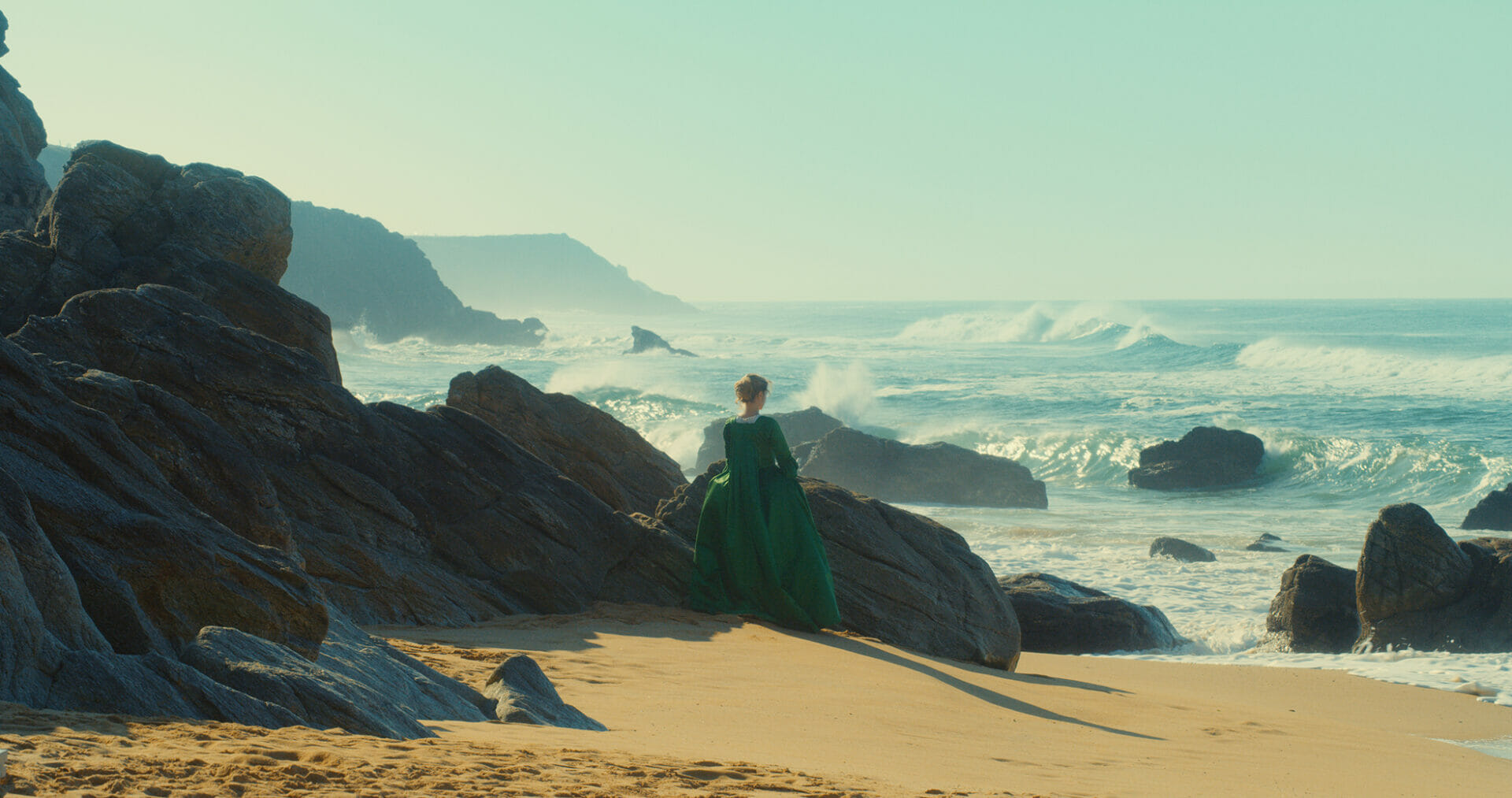
Anne Sexton and the hunger for creativity | The Red Shoes
Author
Year
Format
The Red Shoes is a poem written by the American confessional poet Anne Sexton, included in the 1972 collection The Book of Folly. It belongs to the second phase of Sexton’s work, which began with Transformations (1971), where the poet rewrote seventeen of the Grimm’s fairy tales.
Even though The Red Shoes belongs to the following collection, it’s easy to associate it with the collection Transformations, given its aspect of Revisionism.
The American poet and scholar Alicia Ostriker used the term Revisionism for feminist myths and traditional stories revisions that American poets wrote in the ’60s and ’70s, like the other confessional poet Sylvia Plath, Adrienne Rich or Muriel Rukeyser. A tendency that is still present in contemporary poets like the Nobel Laureate Louise Glück.
As a matter of fact, The Red Shoes is based on the homonymous fairy tale by Hans Christian Andersen.
Something has been lost
I stand in the ring
in the dead city
and tie on the red shoes.
The poem starts from the point of the fairy tale where the protagonist ties on the red shoes. The protagonist is a peasant girl, Karen, who wandered in the wood with a pair of red shoes that she had crafted with makeshift means. One day, an old woman adopted the girl and gave her new clothes and new shoes to give her a more decent aspect. After a period of depression about the loss of the shoes, she found a way to get them back. At this point, the fairy tale and the poem meet. But the fairy tale has a macabre unfolding: in fact, after wearing them, she was unable to stop dancing and in the end had her feet chopped off.
The poetic voice belongs to the girl who tells her story.
IIn the first stanza, she describes the context where the crucial moment takes place. She describes how things have changed since she lost her shoes:
Everything that was calm
is mine, the watch with an ant walking
And also:
the parlor, white in winter, long before flies,
the lying doe on moss, long before the bullet.
The repetition of “long before” highlights the distance between the actual state of things and the time they had vitality. Everything is now threatened and contaminated. The whiteness of the parlor, stained with flies, represents the purity and innocence that have been stolen. The doe, on the other side, usually represents the spiritual guide of the hero of a fairy tale. And it is dead.
The power of creativity
The red shoes are the symbol of the power of creativity and passion which lives inside a woman, whereas the feet are the archetypical symbol of motion and freedom. However, the shoes are
Handed down like an heirloom
but hidden like shameful letters.
Moreover,
The house and the street where they belong
are hidden and all the women, too,
are hidden.
In the poem, Sexton does not express the reason of the loss of the shoes. However, in the analysis of the fairy tale in Women Who Run with the Wolves, the American writer and psychoanalyst Clarissa Pinkola Estés says that the loss is often caused by the expectations of the cultural environment which did not correspond to the fulfillment of a creative desire, but to the creation of a family, as in Sexton’s case. Moreover, the image of being hidden shows that renouncing a passionate life means losing the strength to follow one’s own personal growth. In the second stanza, it becomes more clear that the loss of the power of creativity is a shared circumstance among women
They are not mine.
They are my mother’s.
Her mother’s before.
The danger of an uncontrolled dance
As the child in the fairy tale, the girls who wore the shoes after suffering from deprivation, “all danced like trout on the hook”. The idea of the endless, uncontrolled movement is expressed by Sexton thanks to the anaphors in the third stanza, where she refers to the girls:
They were played with.
They tore off their ears like safety pins.
Their arms fell off them and became hats.
Their heads rolled off and sang down the street.
Moreover, she describes all the parts of the body that began to act like they were not responding to the will. In doing so, the girls became puzzles falling apart.
Until the last part of the poem, where the focus is on the feet wearing the red shoes:
They could not listen.
They could not stop.
What they did was the death dance.
What they did would do them in.
At the end of the fairy tale, the child asks to have her feet cut off in order to stop the painful dance, whereas in the poem the same macabre idea is given by the image of the “death dance”: not following one’s creativity or passion in life can drag, at some point, to hunger for the extreme or absence of balance, which is not the answer to deprivation. In fact, the return to the true self cannot occur without consciousness about what can benefit or damage the person. Sometimes it is necessary to do what the feet in Sextons’ poem could not do: stop and listen.
Tag
Buy a ☕ for Hypercritic








